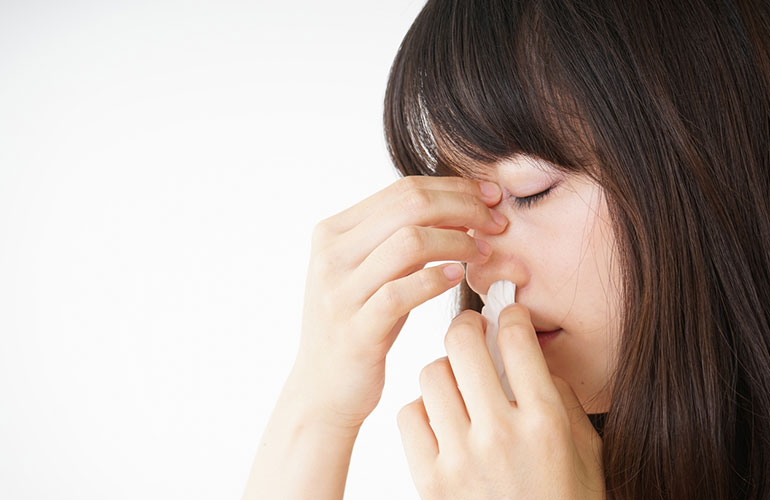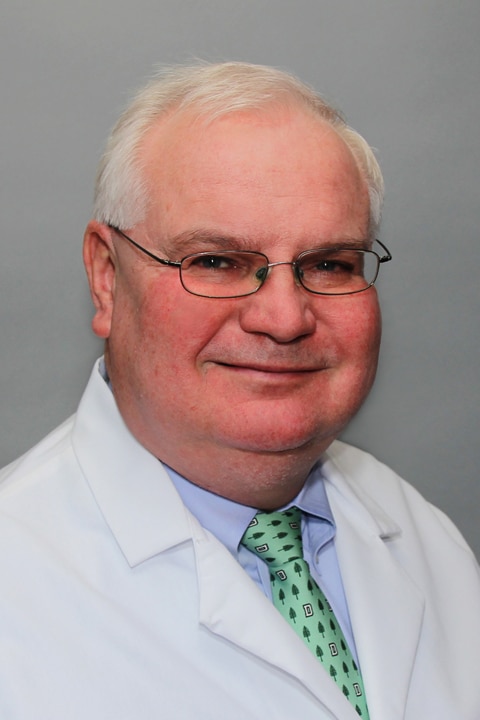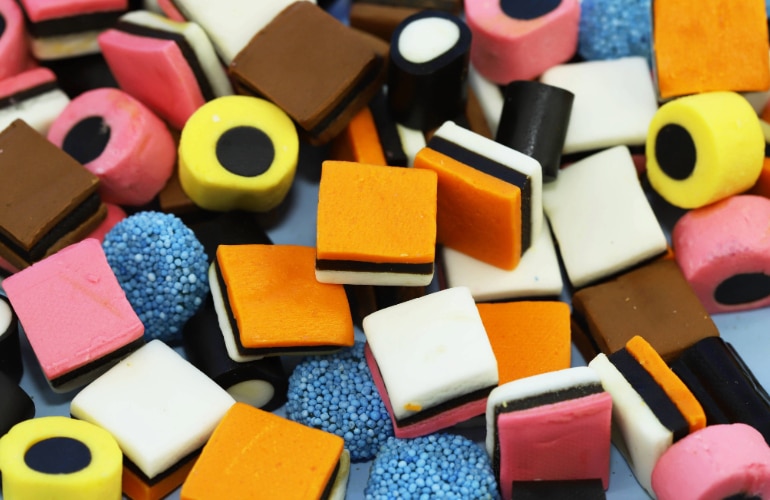
By Dr. James F.X. Kenealy, Reliant Medical Group Otolaryngology
Nosebleeds are a fact of life. They are common in kids and adults get them too, so understanding how to slow and stop one is a useful skill.
Most nosebleeds are caused by nose-picking, irritation from cold, dry air, or a physical injury. Fortunately, most nosebleeds are fairly easy to stop if you follow these suggestions:
- Sit up and lean slightly forward, with your chin pointing down.
- Pinch the nose just below the bony part using your thumb and index finger.
- Hold the pinch for 10-15 minutes straight, then release the pressure. (It may be helpful to keep track of the time with a watch or clock.)
- If the bleeding does not stop you will need to repeat.
- Do not put tissue or toilet paper in your nose. Instead, you can get Nasal CEASE nasal tampons, an absorbable material which causes the blood to clot and does not need to be removed. (These can be obtained from either your local pharmacy or purchased on-line.)
- You can also put an icepack on your nose to constrict the blood vessels after the bleeding has stopped.
- Keep upright (don’t lie down) after the nosebleed has stopped. Sleep with the head of your bed elevated or on several pillows.
- Remember not to tilt your head back during a nosebleed, this will only make the blood flow down your throat and into your stomach.
Fortunately, most nosebleeds are harmless. You only need to seek emergency care if a nosebleed does not stop with pressure or is accompanied by dizziness or weakness; the result of a fall or blow to the head; continues after two attempts of applying pressure for ten minutes each; or if you recently started taking new medication, especially a blood thinner, such as warfarin (Coumadin), clopidogrel (Plavix), rivaroxaban (Xarelto), or apixaban (Eliquis). (Do not stop these medications without speaking to your doctor first.)
Here’s some simple tips on how best to prevent nosebleeds:
- During the heating season run a cool-mist humidifier (or vaporizer) in your bedroom if the air in your home is dry. Keep the humidity between 40%-50% by a humidity gauge. (Remember to keep the humidifier clean to prevent mildew buildup.)
- Do not blow your nose too hard, sneeze with your mouth open, and avoid picking at your nose.
- Avoid hot liquids – make sure that you can stick your finger in your coffee, tea or soup and hold it there comfortably.
- Avoid heavy lifting – anything greater than 10 lbs.
- Avoid drinking alcohol.
- Do not take high doses of aspirin, ibuprofen (i.e., Motrin), or naproxen (i.e., Aleve). However, acetaminophen (i.e., Tylenol) is okay to use.
- Keep the inside of your nose moist with saline nasal spray or gel, and/or use an antibiotic ointment gently around the opening of the nostrils. Saline nasal spray can be used two puffs in each side of the nose 3-4 times a day and an antibiotic ointment, such as Bacitracin or Neomycin can be applied to both sides of the nose with a cotton swab morning and evening.
- Keep the fingernails of children clipped short so that they cannot pick their nose when sleeping at night.
- Don’t forget to wear protective athletic equipment when playing sports such as face guards, face shields and masks.

About James F.X. Kenealy, MD
Growing up in the Hudson Valley in New York, Dr. James F.X. Kenealy was very close to his grandfather who became ill and eventually passed away from lung cancer. “It was a very frustrating and disheartening experience. I felt very helpless that I couldn’t do anything,” he explains. “That made me want to have a medical career so I could do something to help others in a similar situation.”
Now a board-certified...
View profile View posts by this doctor4 Responses
Stay in touch with the conversation, subscribe to the RSS feed for comments on this post.
Thanks that really helped a lot.
I’m 46, I’ve had nosebleeds since a kid (almost always same nostril). Happens every year. I keep it down to about 5 a year by running a humidifier and using saline nasal spray. These 2 things definitely help.
So in my vast experience of handling hundreds of my own, and my kids nosebleeds, I can tell you that the stopping advice above is definitely WRONG in one area. Sitting straight and/or leaning forward is correct, BUT– People (and children) should be TAUGHT how to properly pack the nose with tissue paper. PERIOD. No one wants to sit pinching a nose for 15 minutes. It is uncomfortable and hard to do without fidgeting if you are a kid. It is easy to pull out packing slowly with a TWISTING motion and the bleeding will still be stopped. To insert- Make a tight wad of tissue and use a twisting motion to get it into your nostril– it needs to go in far enough to the point where it almost makes you sneeze. Go about your business even if you wish. I’ve had a nosebleed while working on the truck in the driveway and continued what I was doing with the packing in place. After about 15 minutes, use a slow twisting motion to gently get it out.
Thank you for the very informative information. I am a senior and never had a nose bleed until a few weeks ago when started on a new cream for squamous carcinoma on my nose and hand. Was told the cream would not do it but the bleeding was severe. Will use this information and hopefully that will be the end of it. Last night I had another but it was not severe. Thank you again.
I had real problems with nose bleeding in my childhood. At 12 y/o I began usin 500 mg vitamin C. Once a year for 2 months (maybe one month could be OK} I eliminated my problem 100%.


